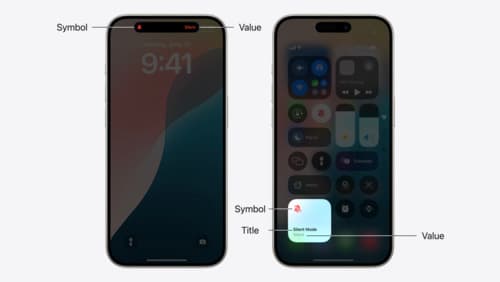how widget update data?
Asked on 2025-03-03
1 search
Widgets update their data through a combination of system events and app intents. When the system needs to reload a widget, it runs the widget extension process to fetch the current state and content of the widget. This can happen due to several events:
- User Interaction: When a user interacts with a widget, the system automatically reloads it to reflect any changes.
- App Requests: An app can request the system to reload a widget on demand if the state or content needs to be refreshed.
- Push Notifications: A push notification can invalidate a widget, prompting the system to reload it.
Widgets can also use value providers to fetch data asynchronously, especially when the data is stored on a server and needs to be accessed across multiple devices. This allows the widget to reflect changes made from different devices.
For more detailed information, you can refer to the session Extend your app’s controls across the system (07:10).

Extend your app’s controls across the system
Bring your app’s controls to Control Center, the Lock Screen, and beyond. Learn how you can use WidgetKit to extend your app’s controls to the system experience. We’ll cover how you can to build a control, tailor its appearance, and make it configurable.

Bring your app’s core features to users with App Intents
Learn the principles of the App Intents framework, like intents, entities, and queries, and how you can harness them to expose your app’s most important functionality right where people need it most. Find out how to build deep integration between your app and the many system features built on top of App Intents, including Siri, controls and widgets, Apple Pencil, Shortcuts, the Action button, and more. Get tips on how to build your App Intents integrations efficiently to create the best experiences in every surface while still sharing code and core functionality.

Catch up on accessibility in SwiftUI
SwiftUI makes it easy to build amazing experiences that are accessible to everyone. We’ll discover how assistive technologies understand and navigate your app through the rich accessibility elements provided by SwiftUI. We’ll also discuss how you can further customize these experiences by providing more information about your app’s content and interactions by using accessibility modifiers.
